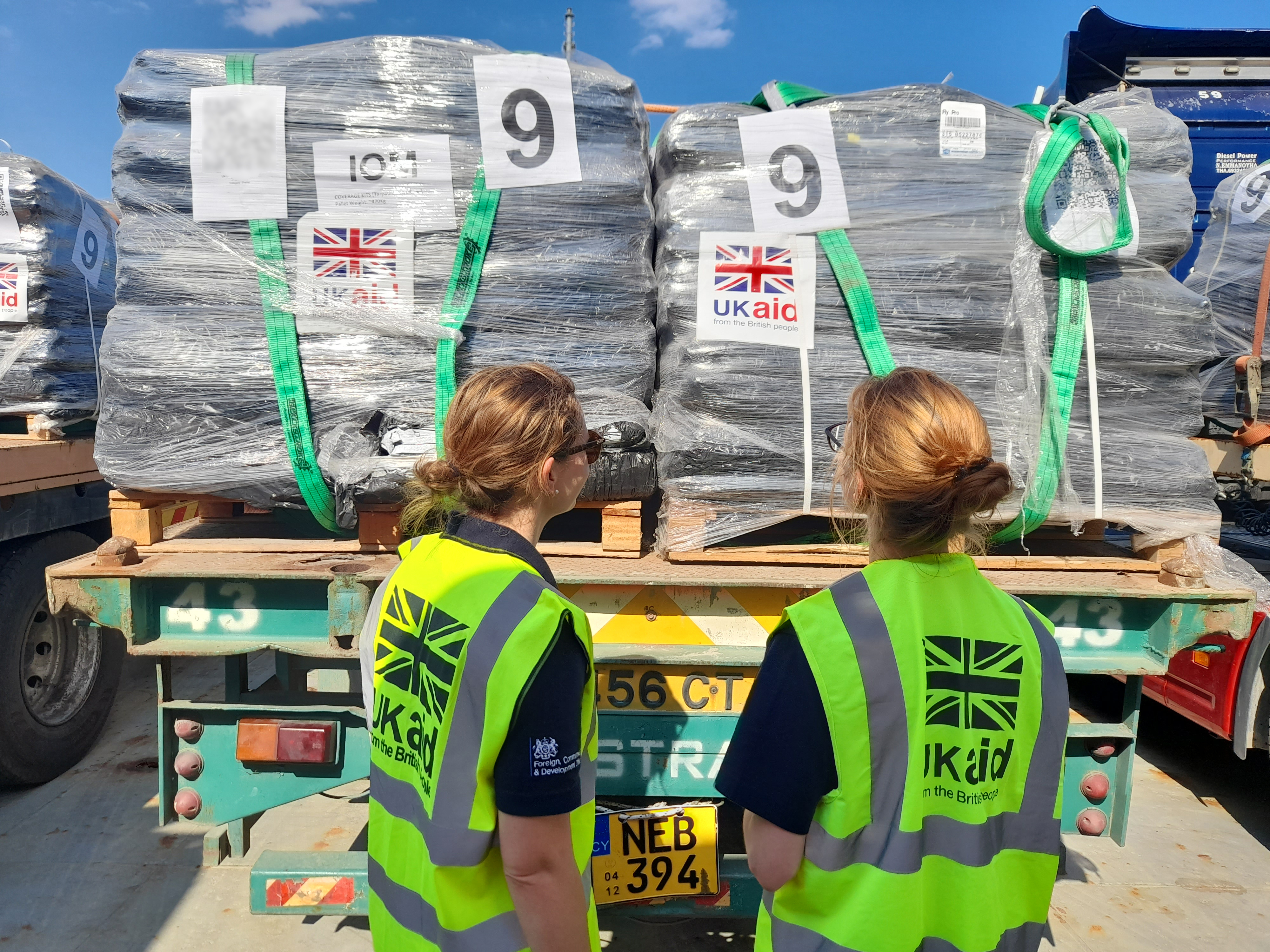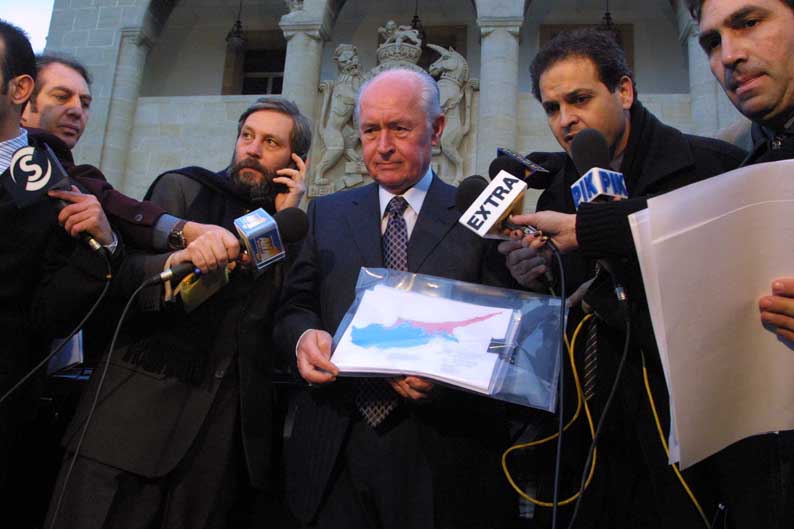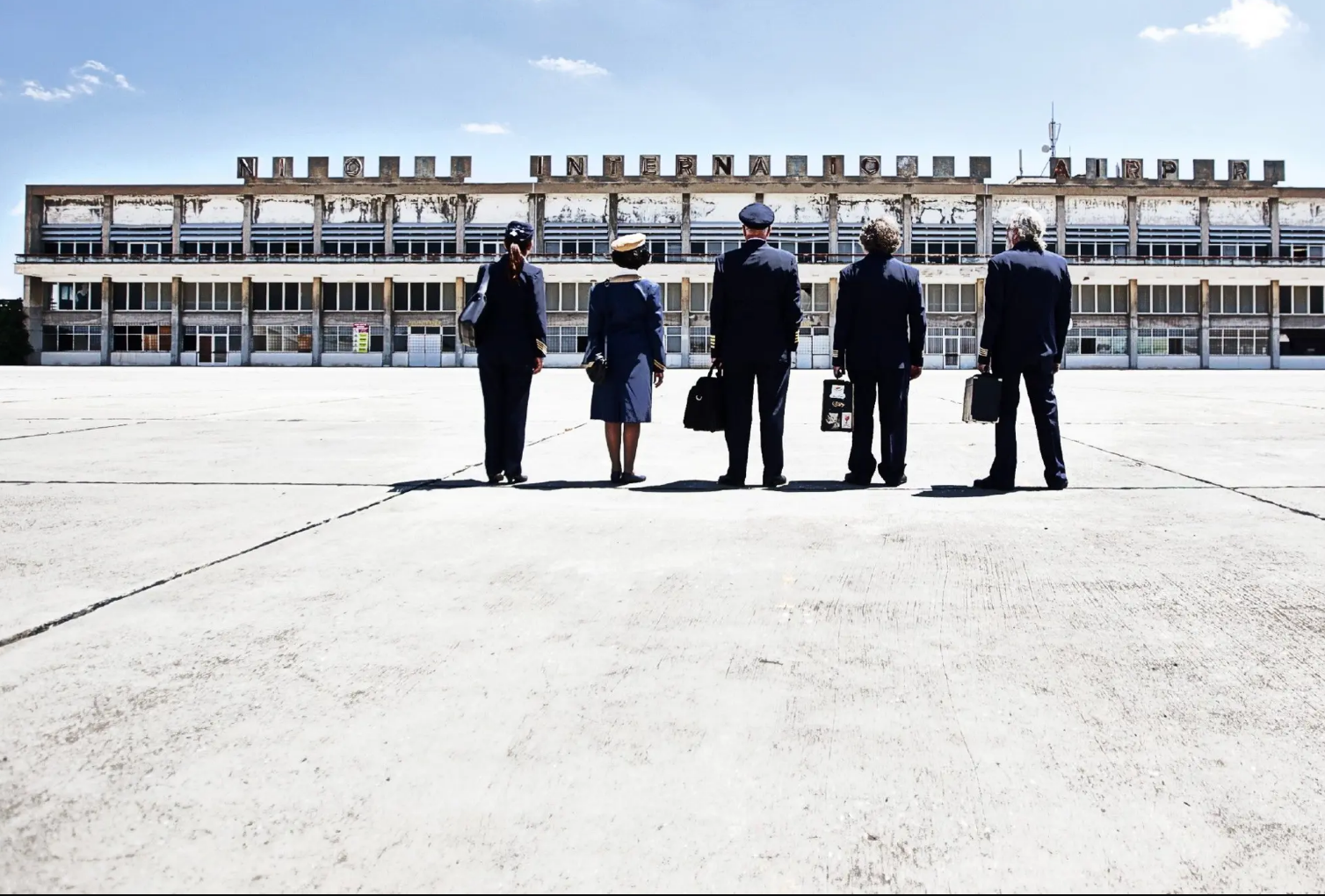The temporary jetty constructed by the United States forces to facilitate the delivery of humanitarian aid into Gaza has been moved into place, the US Central Command announced on Thursday morning.
In a post on X, the social media platform better known as Twitter, the US Central Command said the jetty had been moved into place and anchored to a beach in Gaza.
They stressed that “as part of this effort, no US troops entered Gaza,” adding, “trucks carrying humanitarian assistance are expected to begin moving ashore in the coming days.”
“The United Nations will receive the aid and coordinate its distribution into Gaza,” they added.
The jetty’s completion comes as the latest shipment of humanitarian aid sent from Cyprus towards Gaza as part of the Amalthea aid corridor set sail late on Wednesday night.
The aid aboard the ship was supplied by the British government and comprises of 8,400 shelter coverage kits, which are temporary shelters made up of plastic sheeting. The total weight of the shipment is almost 100 tonnes.
The shipment is expected to be the first to utilise the temporary jetty bring constructed by United States forces to be placed off the coast of Gaza.
Later on Thursday, government spokesman Konstantinos Letymbiotis had said the jetty’s completion “will act as a catalyst in creating suitable conditions for the reception, receipt, and delivery of larger quantities of additional and complementary emergency humanitarian aid.”
He added that subsequent shipments from Cyprus are set to take food items, medical supplies, hygiene products, and more temporary housing provisions to Gaza.
Speaking about the aid’s launching, British Prime Minister Rishi Sunak said, “the United Kingdom has been working around the clock with our allies and partners to ensure more aid gets to Gaza via all possible routes – land, air, and seas.”
He added, “we all know that more is required, particularly via land, which is why alongside intensive work to get hostages out of Gaza we will continue our efforts to unlock more routes to get vital aid in – helping people in desperate need.”
These sentiments were echoed by his Foreign Secretary David Cameron, who said, “this pier will play a vital role in getting aid to those who need it in Gaza, but it must be accompanied by an increase in aid delivered through land routes.”
He added, “the opening of the maritime corridor is not a replacement for aid being delivered through land routes, which remain the quickest and most effective way of getting much-needed aid into Gaza.”
The Cypriot foreign ministry also spoke about the aid’s launching, saying, “we are proud to work with the US and the UK, and key partners in the Amalthea plan, to scale up the flow of humanitarian aid” to Gaza.
Now it is in place, the jetty’s capacity will begin at 90 lorryloads per day, rising to 150 per day once the operation is in full swing.
Questions were raised regarding the capacity, which some perceived as low. In response, Pentagon spokeswoman Sabrina Singh last week highlighted that the jetty is a “temporary” solution, and that “the best way” to transfer humanitarian aid into Gaza was through land routes.
In addition, questions had been raised over the cost of the jetty’s construction, with news website Reuters having reported that the jetty had cost a total of $320 million (€298m) to build.
They had added that around 1,000 US servicepeople had been involved in its construction, most of whom are from the US Army and the US Navy.
That cost is around double that of original estimates, according to US Senator Roger Wicker.
Wicker, a Republican from the state of Mississippi, said “this dangerous effort with marginal benefits will now cost the American taxpayer at least $320m to operate the pier for only 90 days.”
The jetty’s potential placement has also been a cause for concern among some quarters, with British newspaper The Guardian having reported last week that the jetty’s placement may be too far south to help alleviate the “very high” risk of famine in the northern part of Gaza.
The north of Gaza, including Gaza City, has been effectively cut off from the rest of the strip by a military road constructed by the Israeli Defence Force which connects Israel with Gaza’s coast, known as the Netzarim corridor.
As such, if the jetty is placed south of the Netzarim corridor, any aid sent towards Gaza City and the rest of the north of the strip will still have to pass through an IDF checkpoint. This would arguably defeat the point of shipping the aid directly to Gaza.
The jetty’s position is still not known, with the US Central Command not yet having disclosed it in its announcement.







Click here to change your cookie preferences